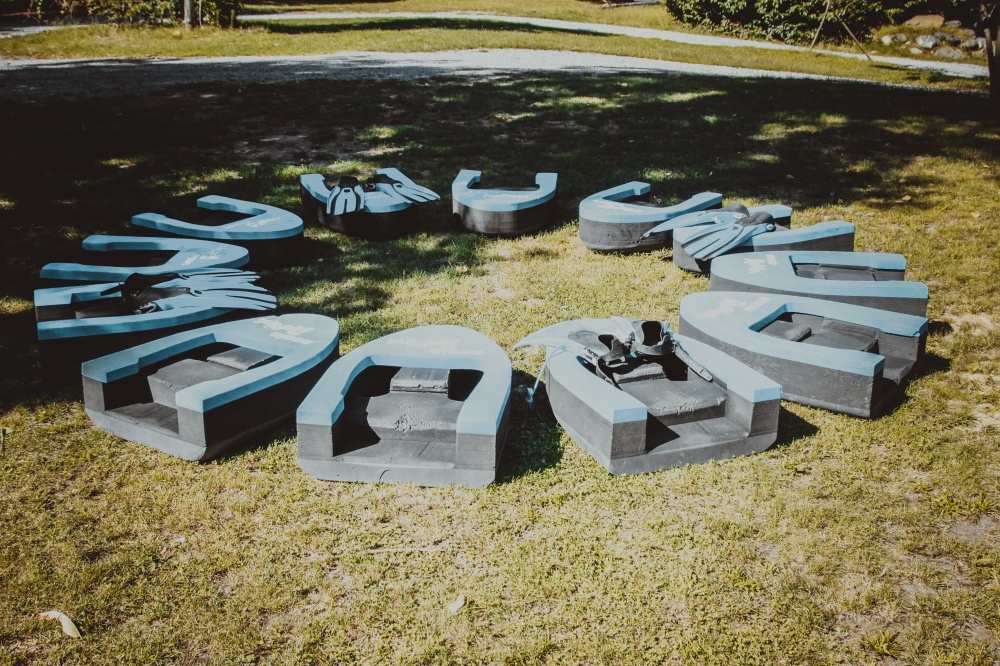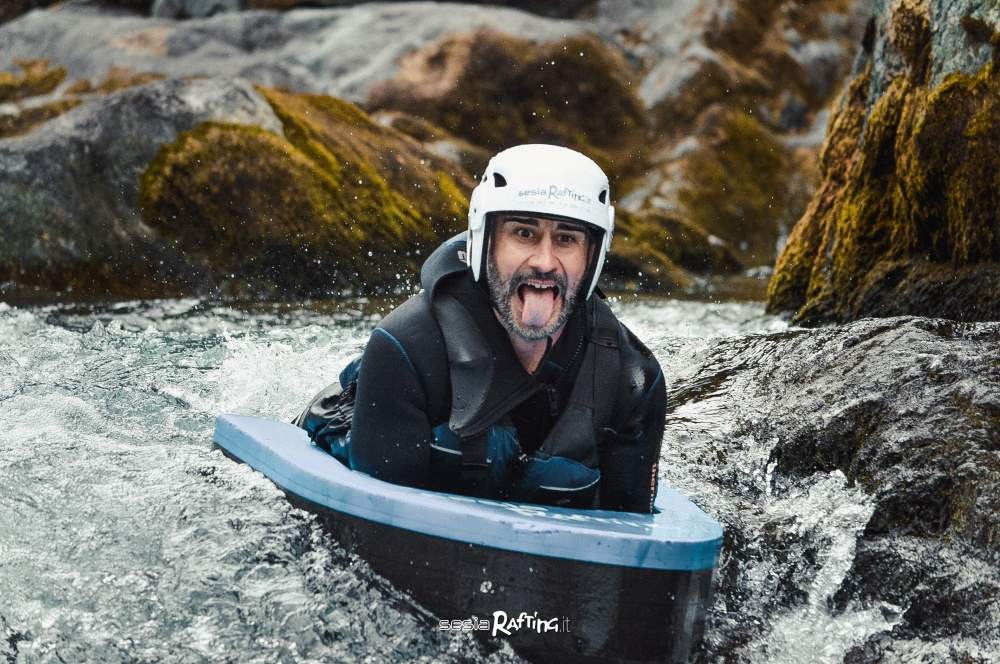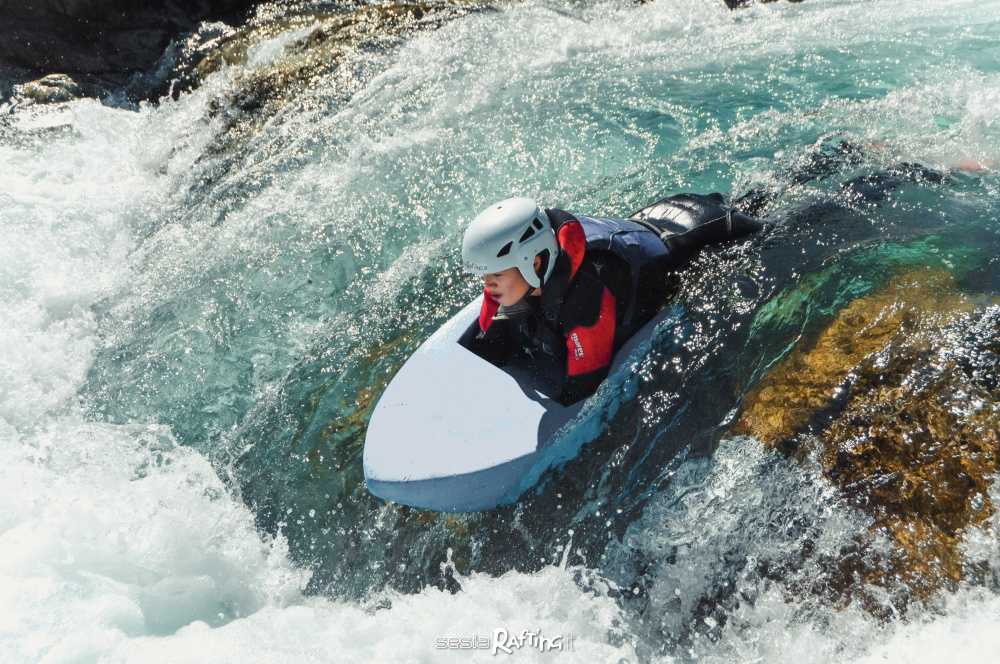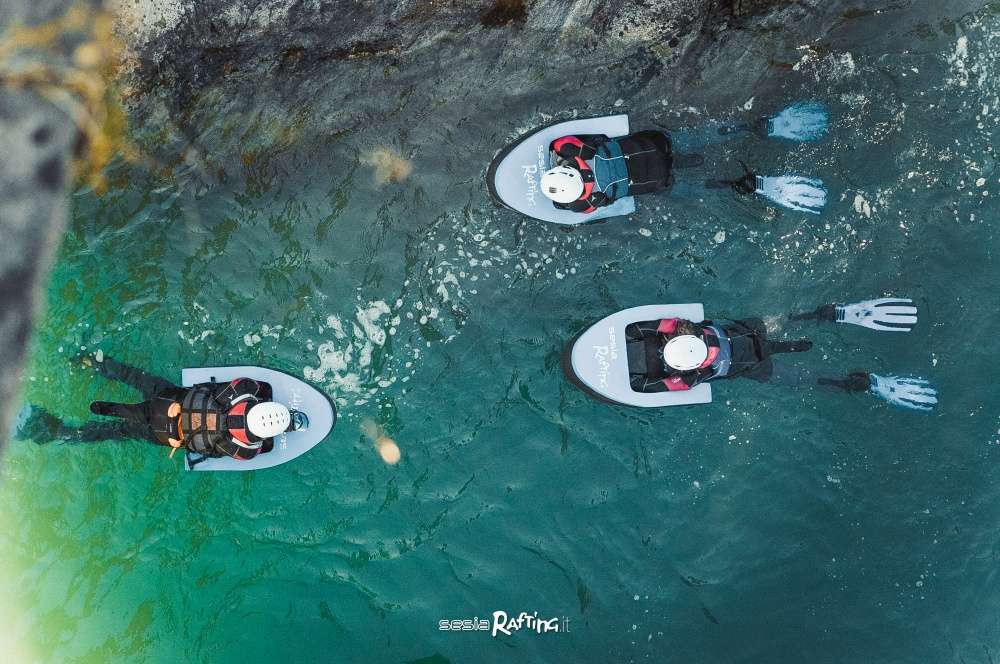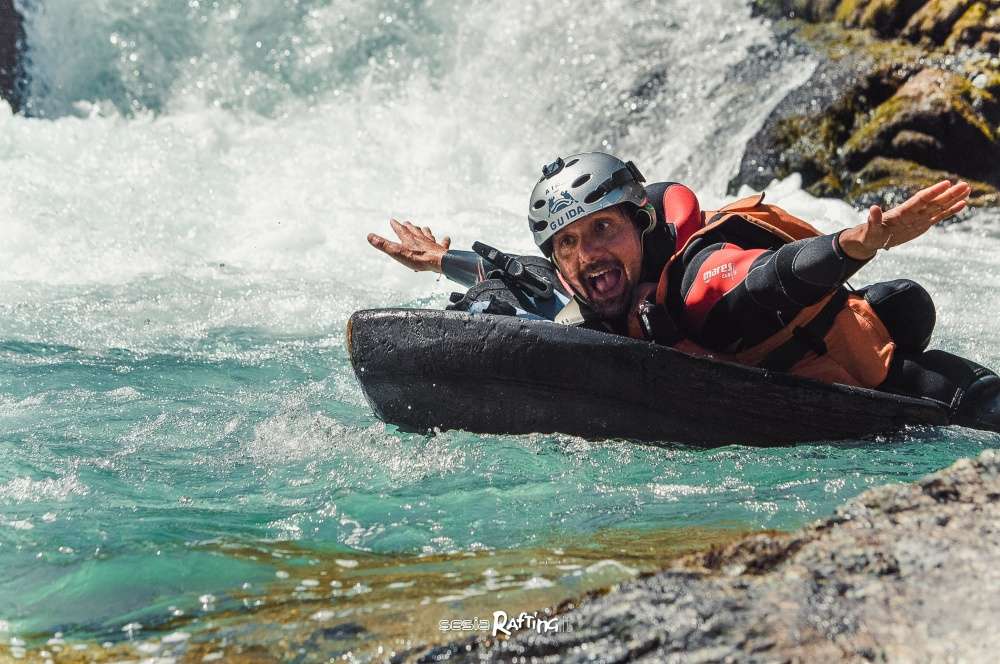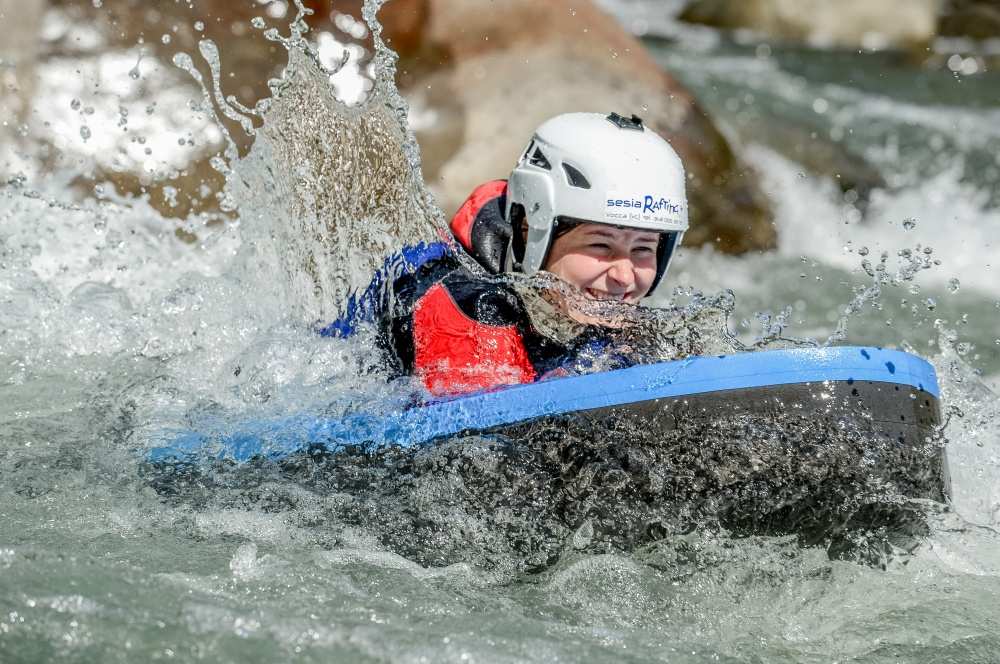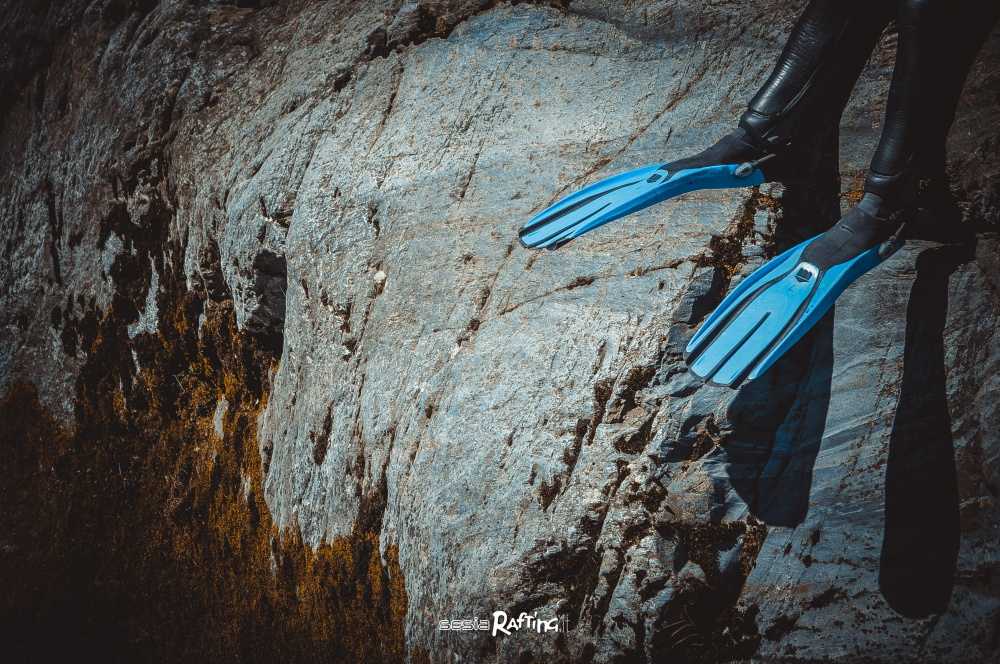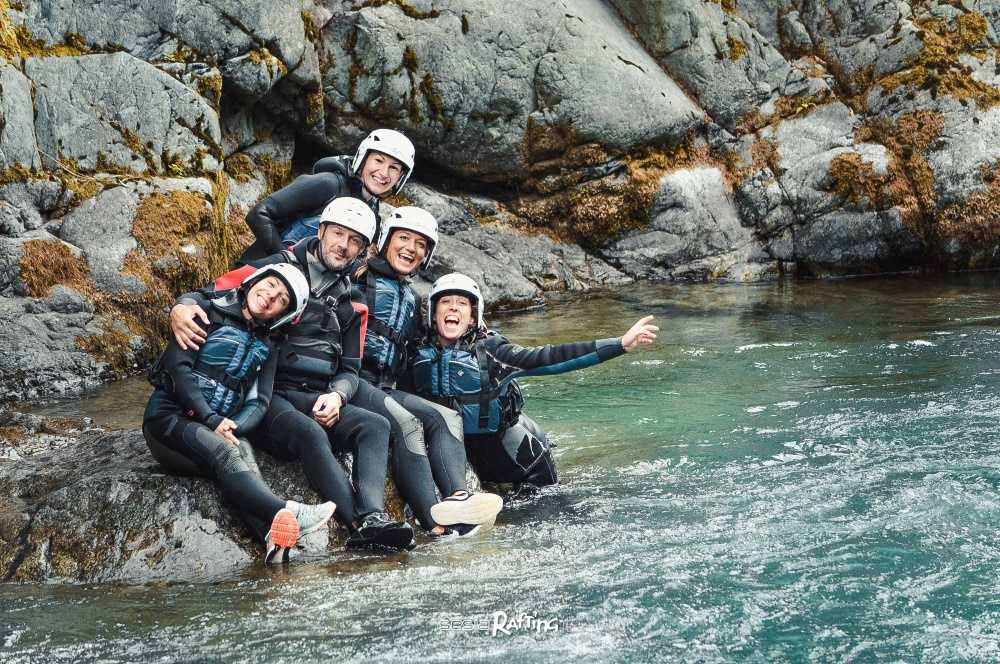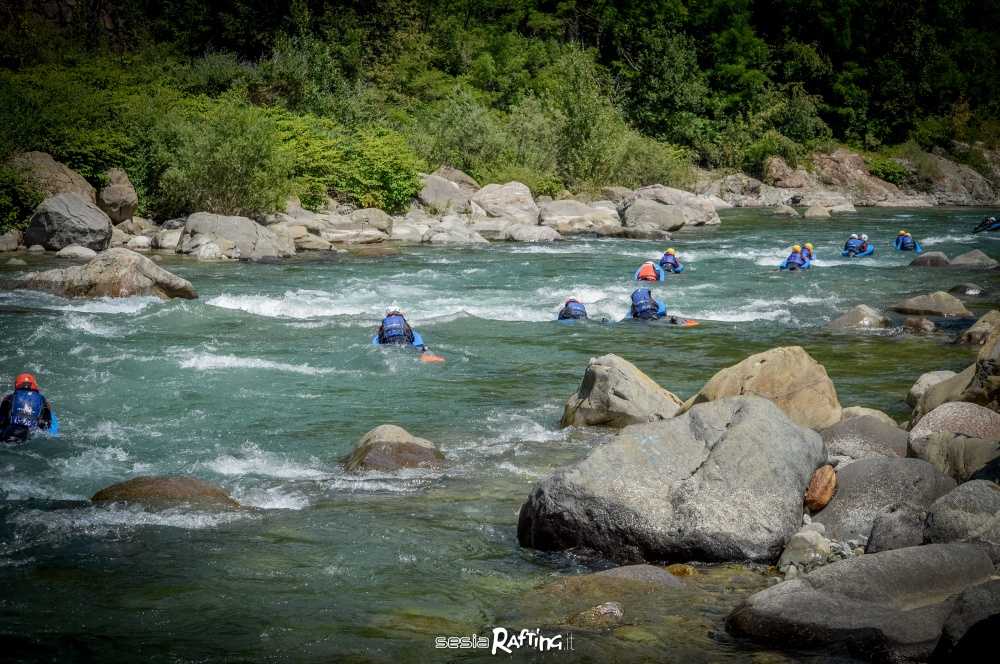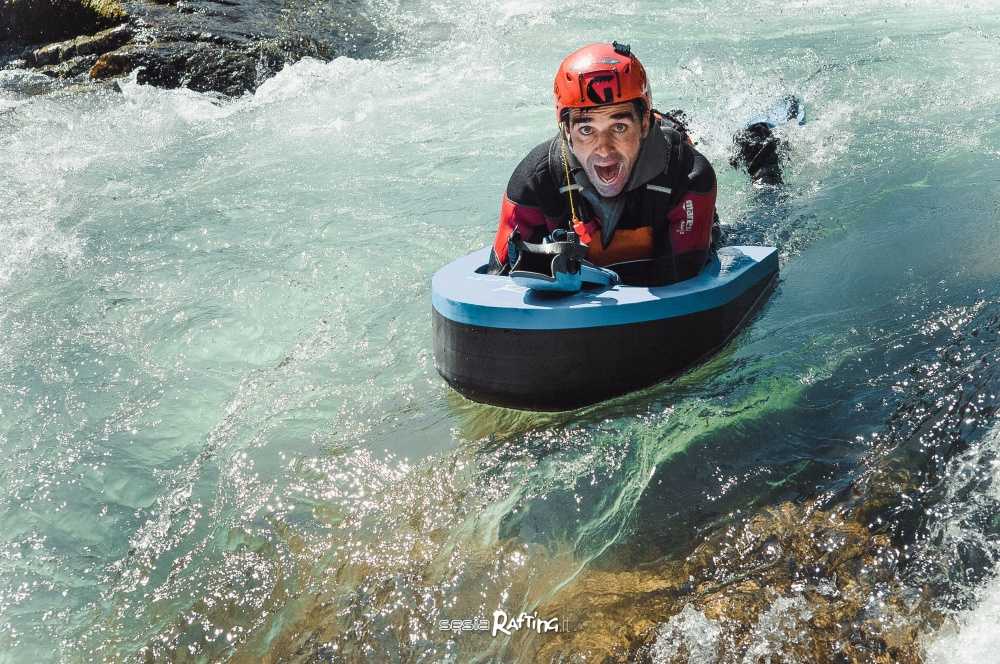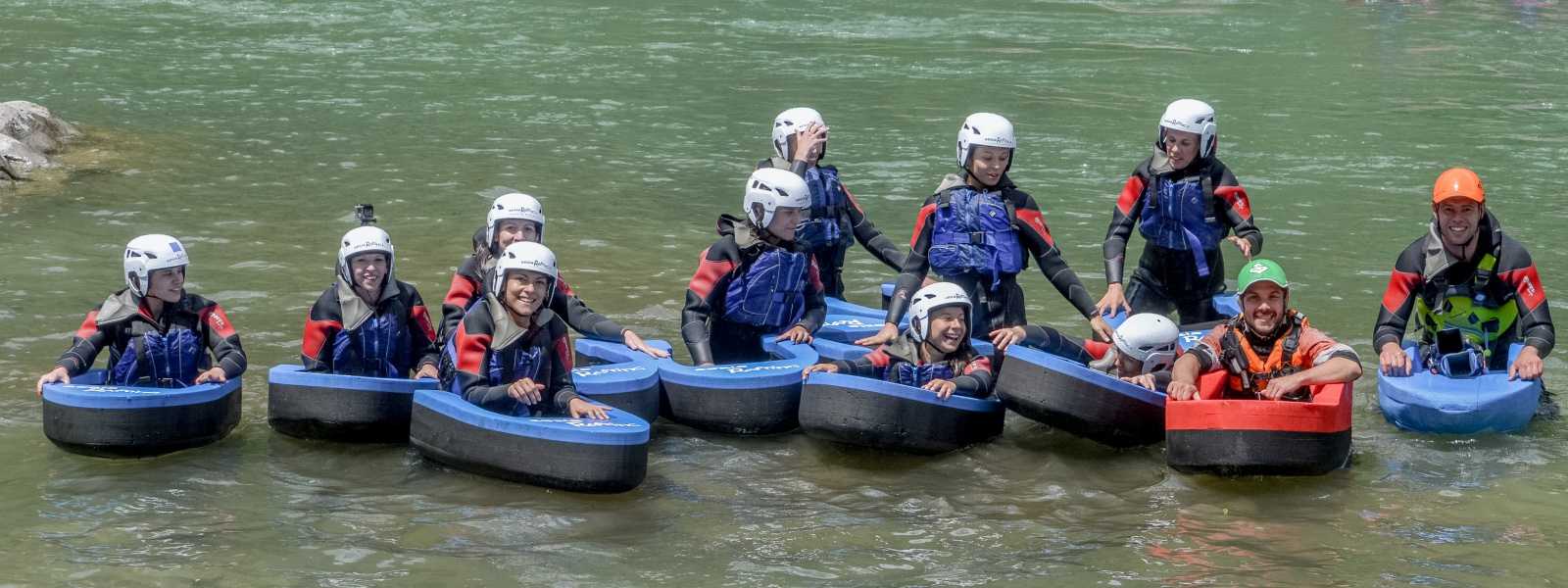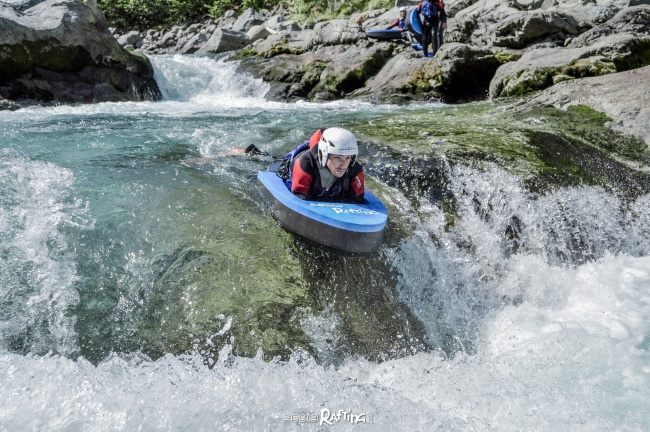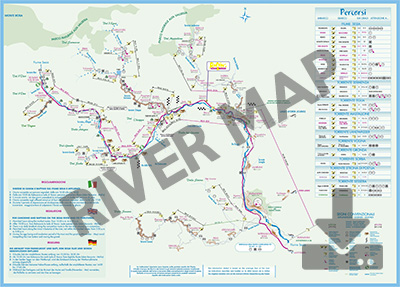Hydrospeed in Valsesia
This is the most involving way to get in touch with the river and, maybe, the easiest way to fall in love with it!
Leaning on a floating "bob" that maneuvers individually with the weight of the body and the help of diving fins, you can dive directly into the adventure in complete safety. It is not difficult and it does not take a lot of strength, just go along the water lines of the river and follow the instructions of the guide who will explain the basic maneuvers to face the descent in complete safety ... the rest is up to you!
It is necessary to know how to swim well and be in good health. For the slimmer people, for some girls or for who could wish, the new foam hydrospeeds are available, particularly light and easy to handle.
The center provides all the necessary technical material (wetsuit, water jacket, booties, life jacket and helmet) to guarantee the appropriate safety measures and the correct thermal protection in all weather conditions.
History of riverbording and hydrospeed
Back in the 1970’s in the French Alps, some adventurous raft guides decided that there had to be a more exciting way to “Nage en eau vive,” (translated roughly “swim in the river”) and so they tied together some life jackets and took the plunge into the broiling rapids. Their adventure was such a rush that they started looking for more stable and aerodynamic ways to brave the white-water, and foam boards eventually began to take shape, getting the label of “hydrospeed.”
Around the same time period a California surfer (the aforementioned Robert Carlson) started using boogie boards to “surf” the waves on local rivers during white-water rafting trips. He soon developed his own beefed up version of a boogie board and dubbed it the Carlson River board. It was thicker and more boyant than regular ocean boards, which provided greater stability in the powerful currents of the rapids.
And in still another part of the world, a guide in New Zealand is said to have, well, had the same idea, taking a boogie board and riding down the river…the rest, shall we say, is history? They dubbed their board a “sledge.” It is from this New Zealand design (which is also reminiscent of the original European hydrospeed) that the Rip board gets its origins.
Foto
